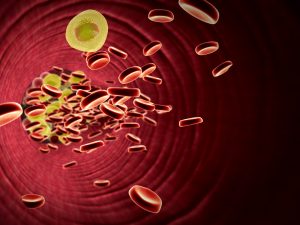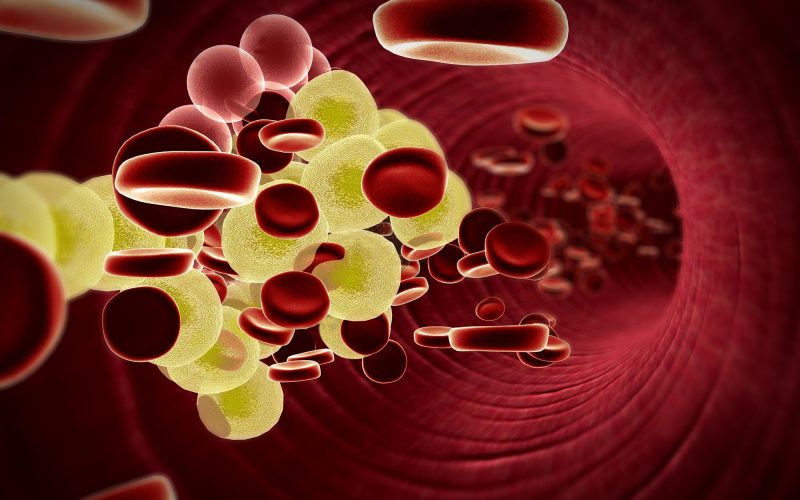The concept of cholesterol as the enemy of health is outdated. This substance is vital for the human body for the synthesis of sex hormones and vitamin D, building cell walls and performing many other functions. A certain amount of cholesterol is produced by the liver. In addition, it enters the body with food of animal origin.
What is cholesterol

Both its own cholesterol and entering the body with food transport through the body special compounds – lipoproteins. Depending on which molecules it combines with, a distinction is made between low-density lipoprotein cholesterol (LDL-C) and high-density lipoprotein cholesterol (HDL-C). The first has the property of accumulating on the walls of blood vessels in the form of plaques [1]. An increase in its level in the blood above normal can lead to a deterioration in the blood supply to the heart, brain, other organs and tissues, as well as lead to the development of atherosclerosis, an increased risk of cardiovascular diseases, heart attacks and strokes, liver pathology [2]. Because of this, it is often referred to as “bad” cholesterol.
But “good” – HDL cholesterol – on the contrary, cleans blood vessels and prevents the development of cardiovascular diseases. The higher the blood level, the better.
How can high cholesterol levels be determined?
Unfortunately, the increase in the level of “bad” cholesterol in the blood does not make itself felt in any way. You can learn about the health risks only by going through laboratory tests. This is the so-called lipid profile, which is a special analysis of venous blood [3]. It includes several indicators that are taken into account when assessing risks:
total cholesterol (TC) – normally below 5 mmol / l;
LDL cholesterol is normally below 3.0 mmol / l;
HDL cholesterol is normal for men above 1.0; women – 1.2 mmol / l;
triglycerides (TG) – normally below 1.7 mmol / l [4].
Additional risk factors that can negatively affect health with an increased level of cholesterol in the blood are: age, concomitant chronic diseases, increased weight, hereditary predisposition, a sedentary lifestyle, bad habits, unhealthy diet (excess in the diet of fatty animal products, margarine , sausages).
What to do next?
Elevated blood cholesterol levels are not yet a cause for panic. Long-term clinical studies conducted in different countries of the world convincingly prove that the level of “bad” cholesterol can be reduced through affordable and simple measures. First of all, they relate to lifestyle changes.
To prevent and prevent the formation of atherosclerotic plaques in the vessels, the development of cardiovascular diseases, you need to set several goals [5]:
completely quit smoking and eliminate or reduce to a minimum alcohol consumption;
limit fats in the diet to 30%, saturated fats to 10% of the total daily calorie content, and increase the content of vegetables and fruits, unprocessed cereals containing a large amount of vegetable fiber;
maintain moderate physical activity for about 2.5-5 hours a week or 30-60 minutes a day;
maintain a body mass index at the level of 18-25 kg / m2, while the waist circumference should be no more than 94 cm for men and no more than 80 cm for women;
control blood pressure, normally it should be no higher than 140/90 mm Hg. Art.
In addition, it is important to have timely and regular medical examinations. If lifestyle changes do not help lower your cholesterol levels to normal, special medications may help. Dibicor® is intended to protect the heart, blood vessels and liver from excess “bad” cholesterol. It improves metabolic processes in the body and may help lower cholesterol as well as normalize blood sugar levels https://en.wikipedia.org/wiki/Blood_sugar_level.
